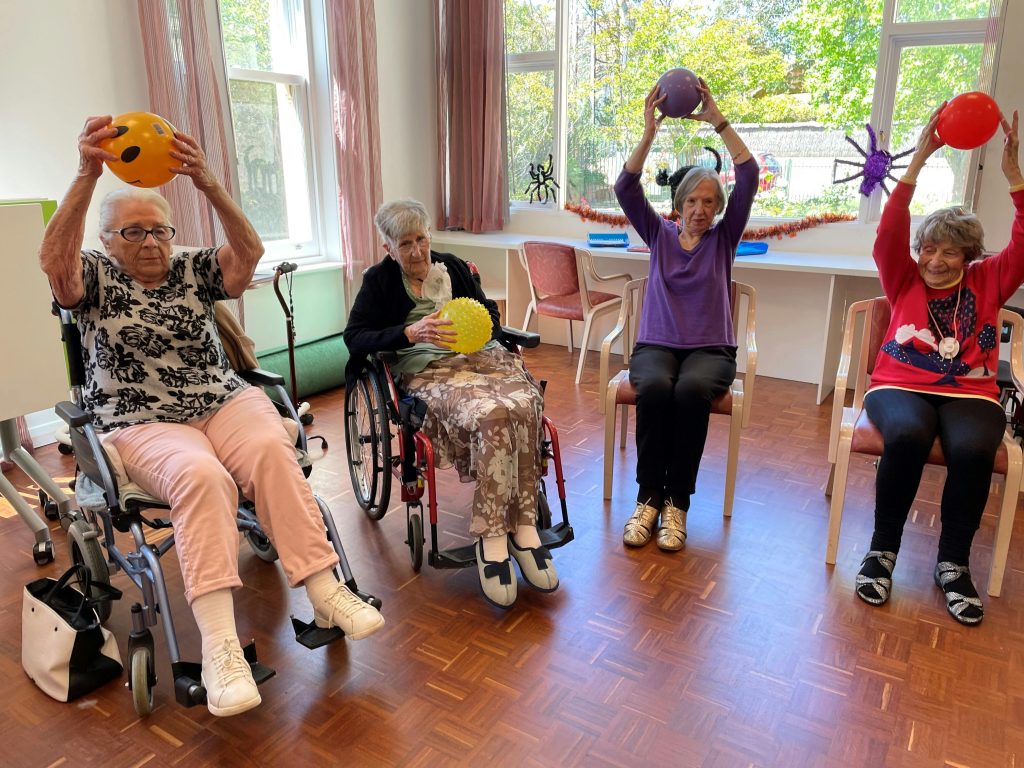Senior living operators employ various pricing models to enhance rate and occupancy, aligning with their objectives. The pricing approach typically correlates with occupancy stability. Higher occupancy enables operators to raise rates, while declining occupancy may necessitate incentives to bolster occupancy, albeit at the expense of Revenue Per Unit (RPU). Achieving equilibrium involves judiciously toggling between rate and incentive adjustments, coupled with proactive and flexible management, rather than a once-a-year pricing exercise during budgeting.
- Value/Premium Pricing: A Versatile Approach This strategy introduces a pricing spectrum within the community, catering to diverse financial circumstances without compromising rates/RPU. Apartments boasting prime features like proximity to elevators, first-floor placement, or scenic views, along with enhanced amenities, command premium rates. Conversely, units with less desirable attributes, such as distant locations, subpar views, or limited amenities, are priced lower. This tiered approach ensures three pricing tiers—standard, premium, and value—per apartment type, maintaining the community’s average rate while expanding pricing flexibility.
- Variable Pricing: Balancing Upfront Investment with Monthly Rent Similar to buying points on a mortgage, residents can lower their monthly base rent by paying a higher upfront move-in fee. For instance, for every additional $2000 upfront, the monthly rent decreases by $200. This upfront cash infusion benefits the community’s cash flow, while residents recoup their investment within a short period, with subsequent increases based on the reduced rate. This model accommodates prospects with either substantial upfront liquidity or robust income but limited immediate cash.
- Companion Living: Maximizing Space and Revenue Beyond purpose-built companion apartments, this strategy transforms studio, alcove, and traditionally private one & two-bedroom units into companion living spaces. Priced at 55-65% of the private rate per resident, this model offers an affordable option for financially challenged residents, boosting revenue by 110-130% of the private rent and doubling the Lease Occupancy Credits (LOCs). Successful implementation entails showcasing model companion apartments and potentially incorporating privacy dividers to demonstrate the viability of shared living.
In summary, adopting dynamic pricing strategies tailored to diverse resident needs and financial profiles can optimize both rate growth and occupancy levels in senior living communities. Continuous monitoring and adjustment are vital for sustained success in navigating the evolving market landscape.



